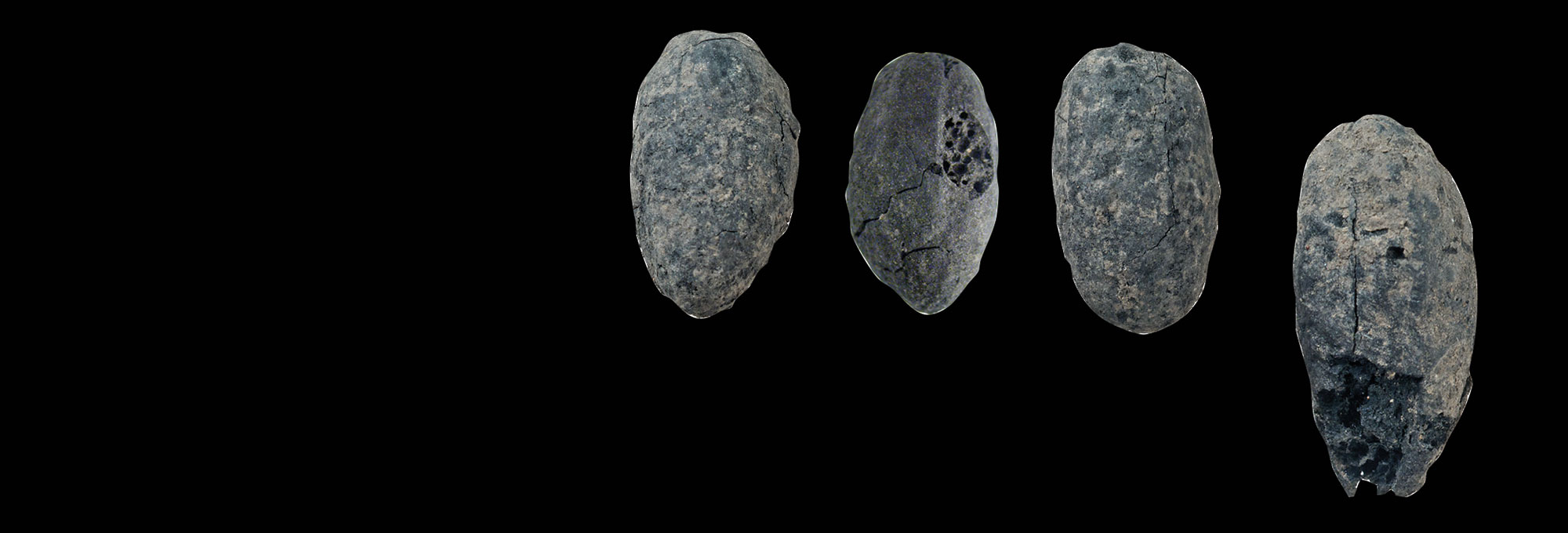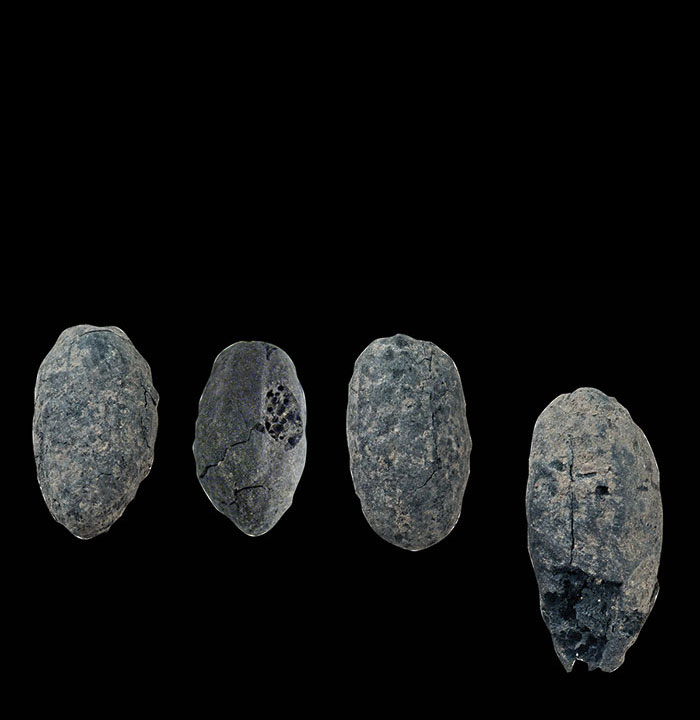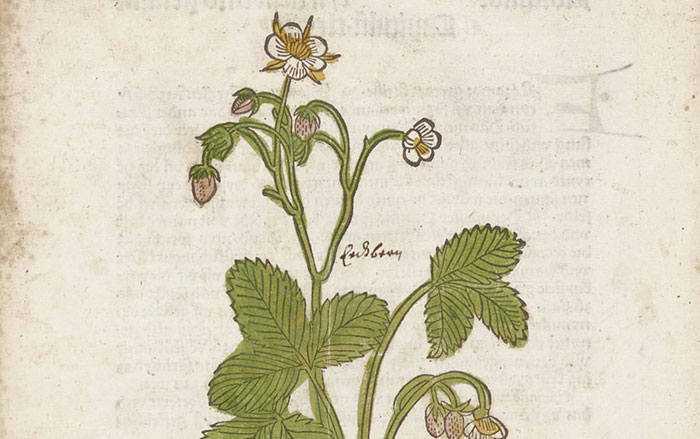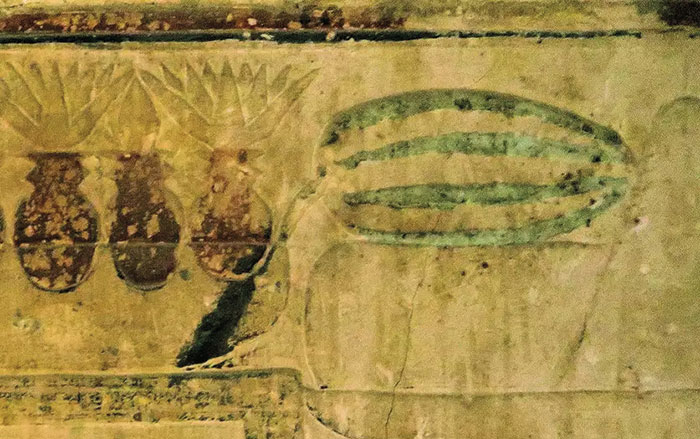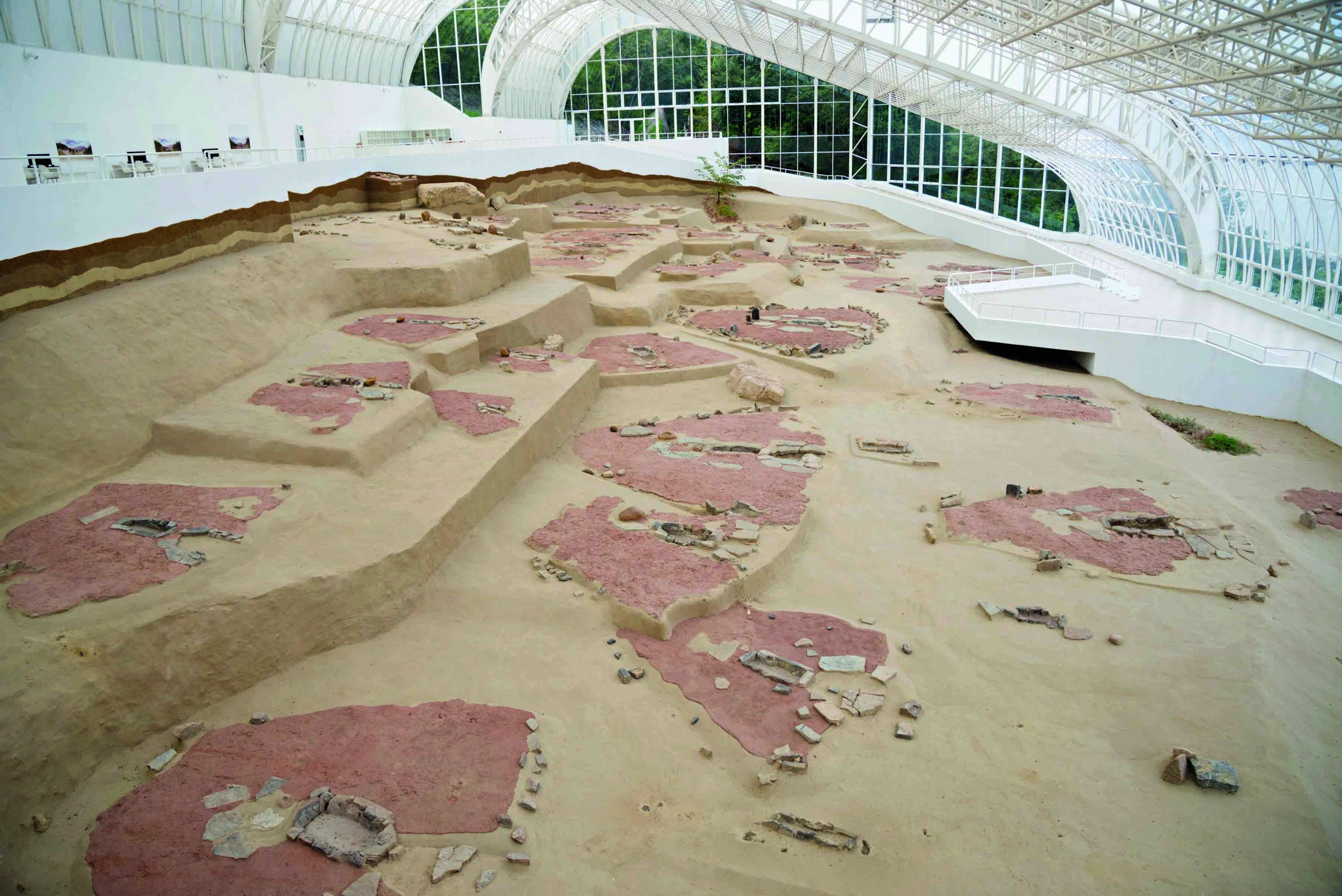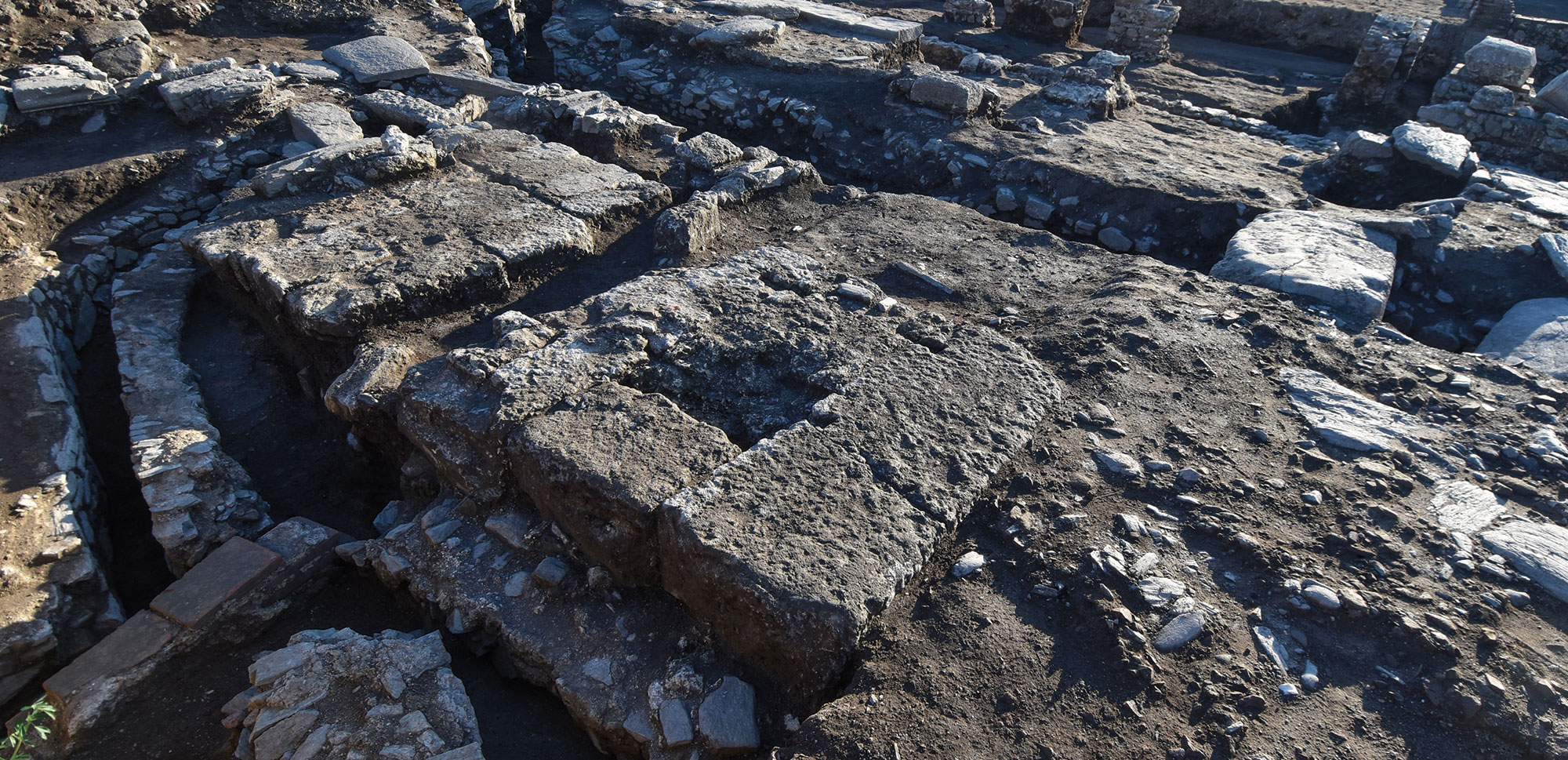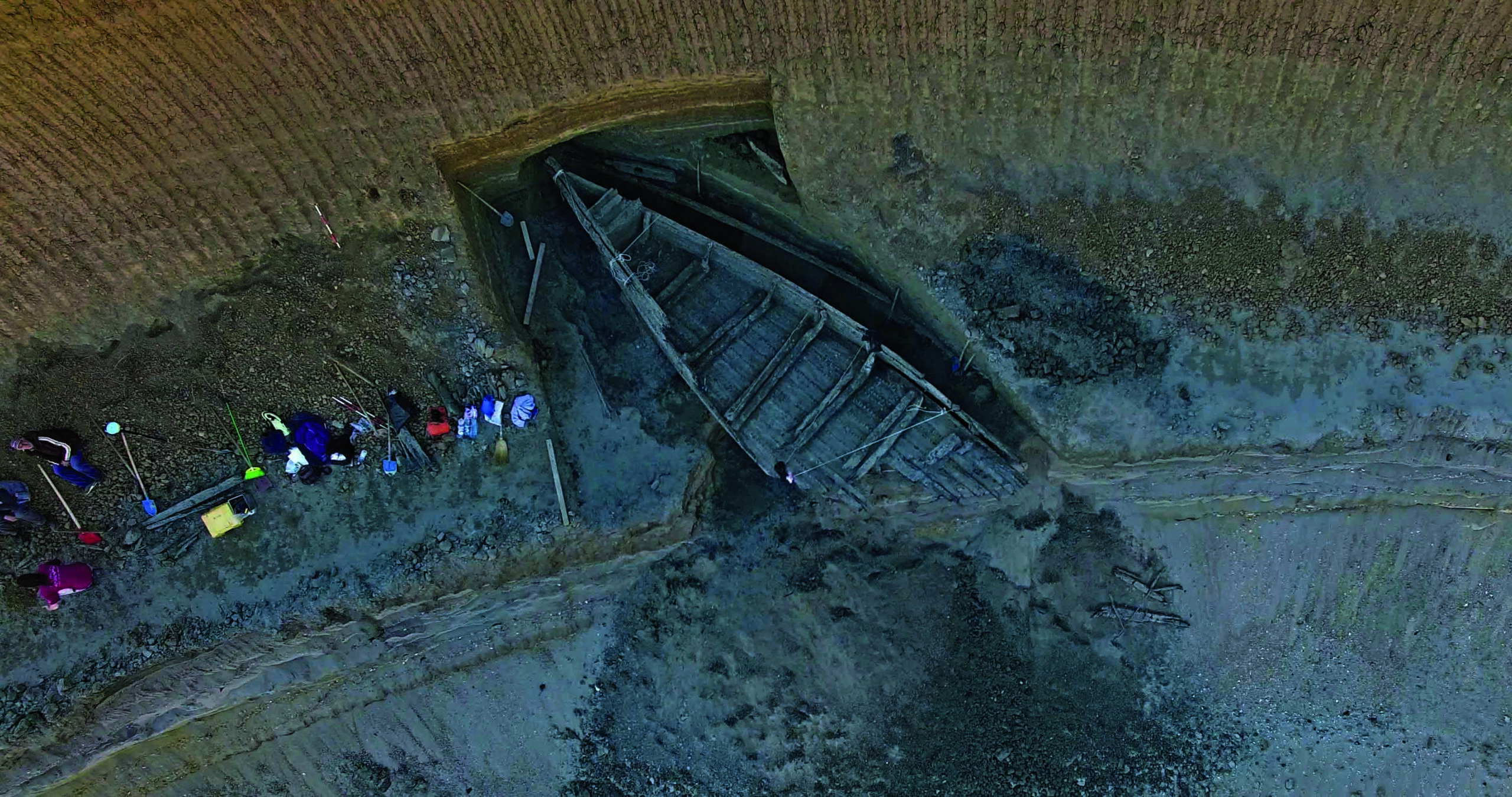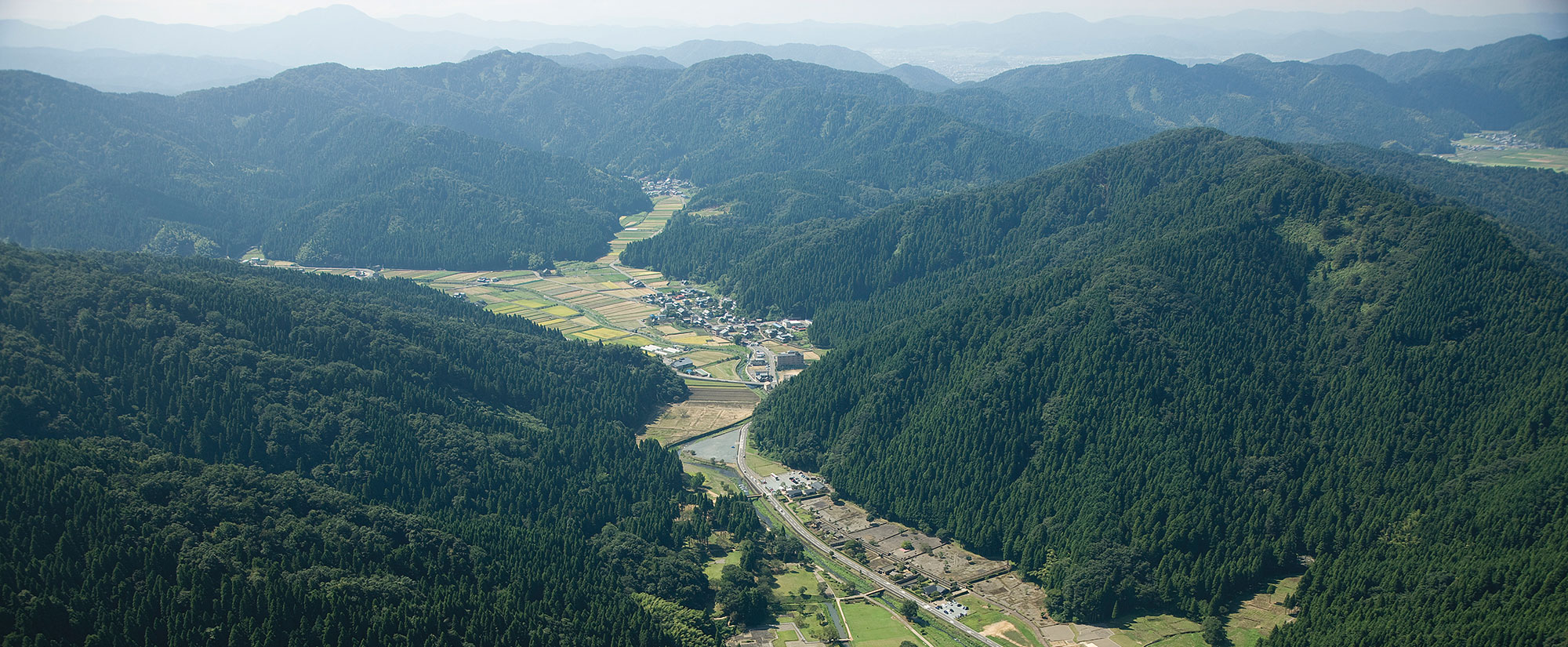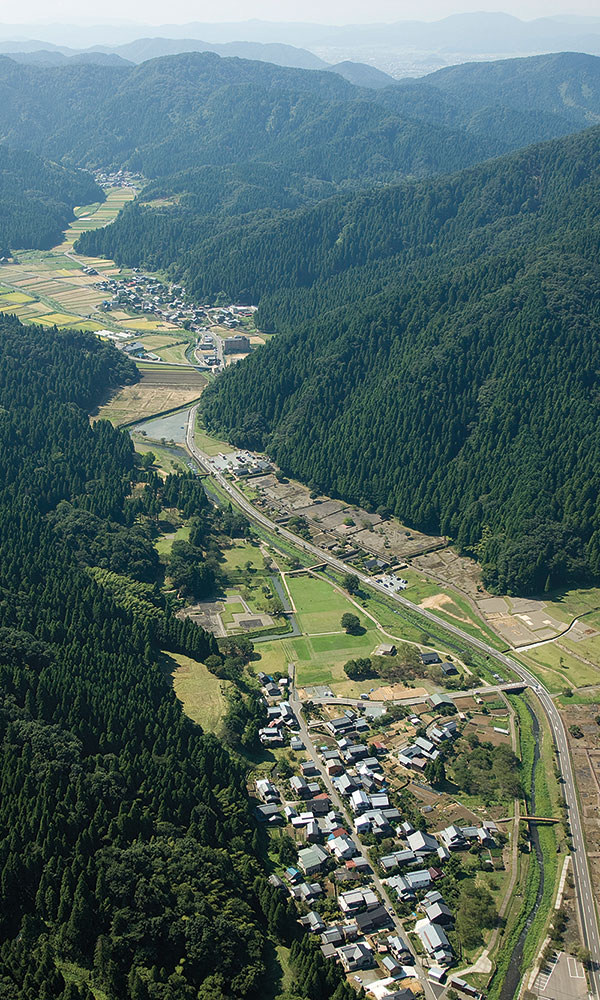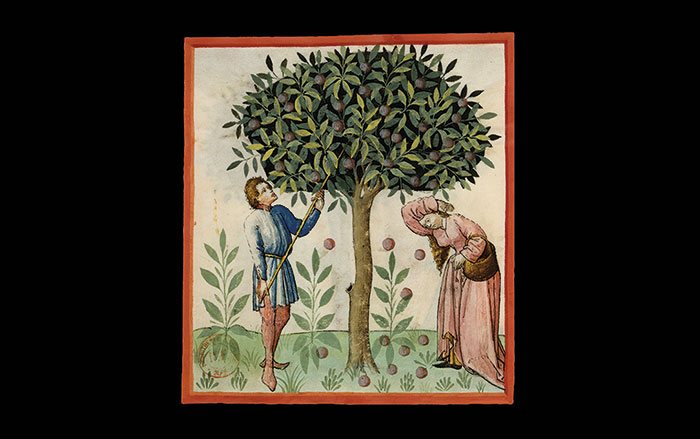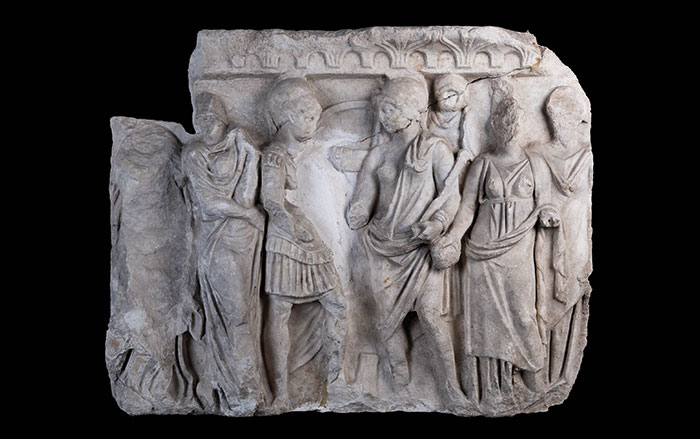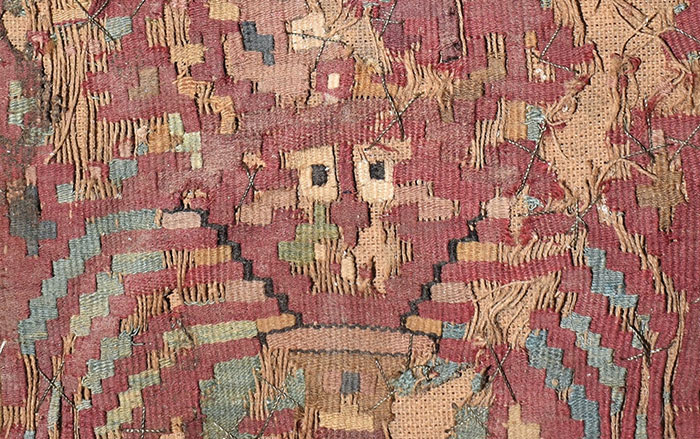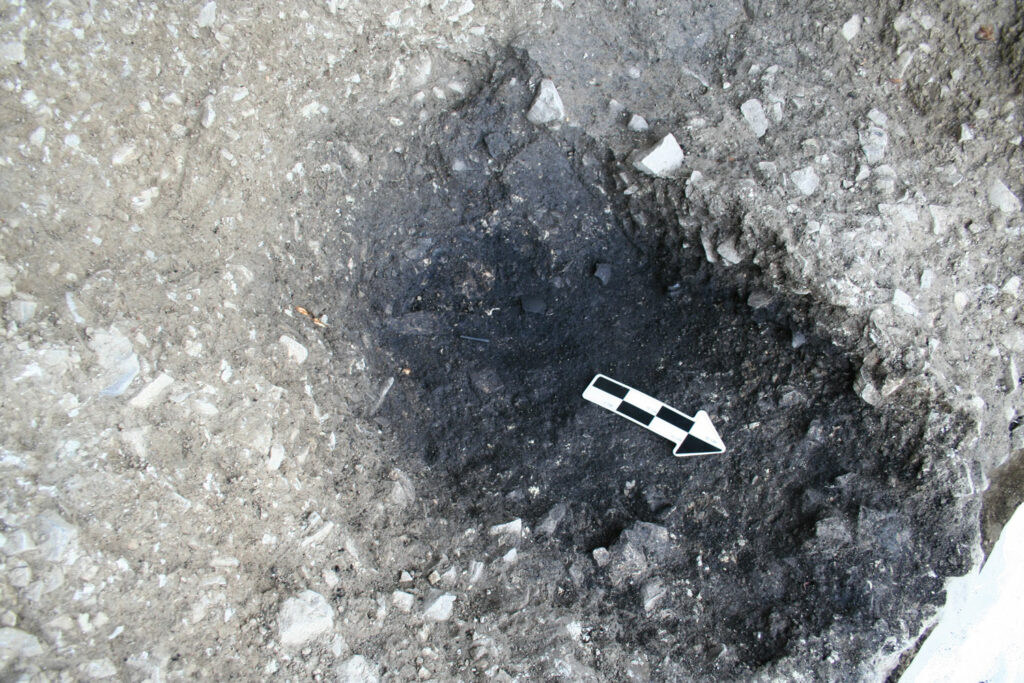
Nearly 9,000 years ago, Mesolithic foragers living along the Danube gathered Cornelian cherries on the edges of a dense oak forest surrounding their settlement. They used cherry wood as kindling and might also have extracted oil from the pits for fuel. A team led by archaeologist Dušan Borić, now at the Sapienza University of Rome, excavated several burials at the settlement. Beneath one, they unearthed a small earlier grave dating to the mid-seventh millennium b.c. containing cremated human bones. Sprinkled throughout this grave were about 30 charred cherry pits, 13 of them whole. Borić thinks the bones were burned to purify the ground before interring a newly deceased member of the community. “We began to speculate whether the cherries were attached to branches used to make a funeral pyre,” he says, “or if they had some sort of symbolic meaning.”
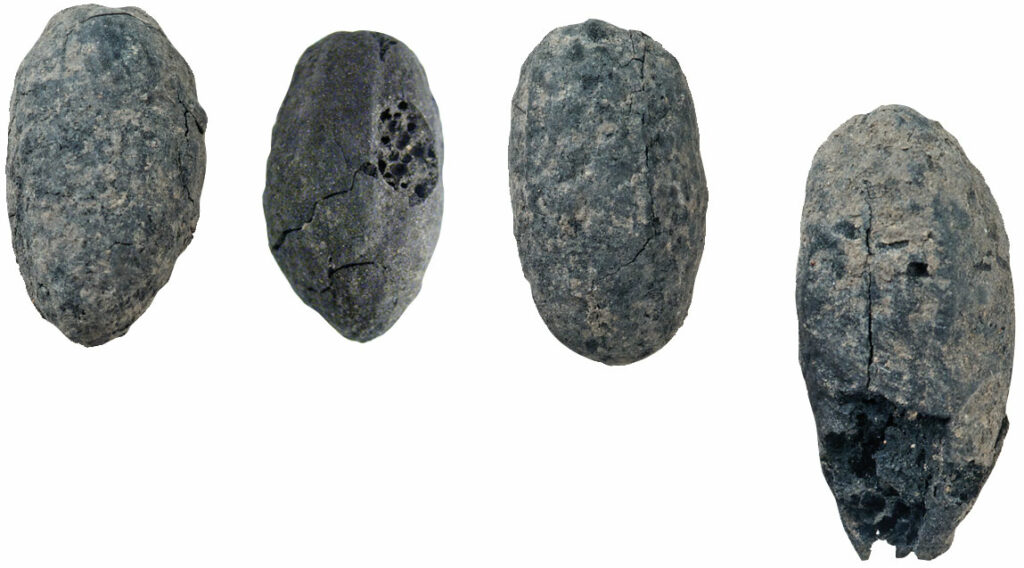
To investigate why so many of the pits survived intact, Max Planck Institute of Geoanthropology archaeobotanist Dragana Filipović experimented with charring fresh Cornelian cherries. She found that heating the fruit for two hours resulted in pits resembling the intact examples from the grave. “Because the ancient pits are perfectly clean, which would not have happened naturally, we concluded that the cherries had been consumed,” says Filipović. The cherries would have been easiest to eat at peak ripeness in September or early October, which is probably when the burial occurred. “I expect that they were eaten fresh at the funeral,” Filipović says, “and then the pits were discarded in the grave as part of the cremation ritual.”
Borić and Filipović believe that cherries’ eye-catching color bolstered their ritual significance. “Red is present throughout the region,” Borić says. “Red limestone was crushed to create floors, and we found ocher in some of the burials.” Filipović notes that the sourness of Cornelian cherries leaves a very strong impression. “No wonder they came to mind first,” she says, “when thinking about something to consume and deposit with the deceased.”


